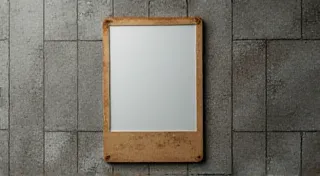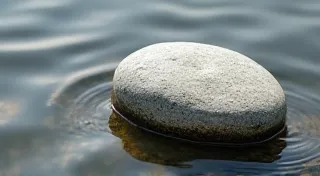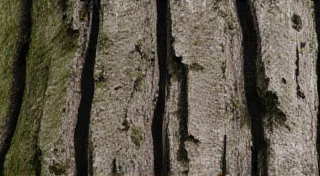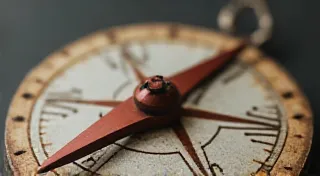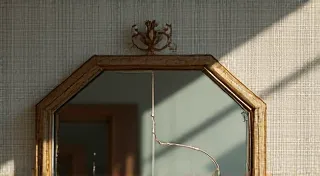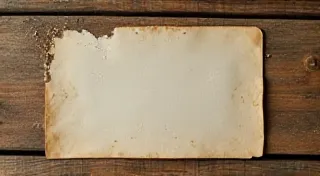Bottled Reverie: Creating Dreamlike Scenes Through Etching
There's a certain magic held within antique bottles. More than just vessels of a bygone era, they are silent witnesses to history, imbued with the echoes of lives lived and stories untold. I’m drawn to them, particularly the imperfect ones – the ones with the bubbles caught in the glass, the slight imperfections from the old furnaces, the quiet dignity of their age. To decorate these treasures with reverse glass etching isn’t just a craft; it's an act of reverence, a dialogue across time.
My journey into reverse glass etching began, unexpectedly, with an old accordion. My grandfather, a quiet man of remarkable skill, played one. The bellows, the keys, the intricate workings—it was a mechanical poem. When he passed, the accordion sat silent, a poignant reminder of his presence. I felt compelled to preserve something of his spirit, and the idea of decorating an antique bottle, transforming it into a miniature world, felt like a fitting tribute. Now, I often find myself thinking about the way he treated each key with such care—a parallel, I realized, to the patience required for this delicate art form.
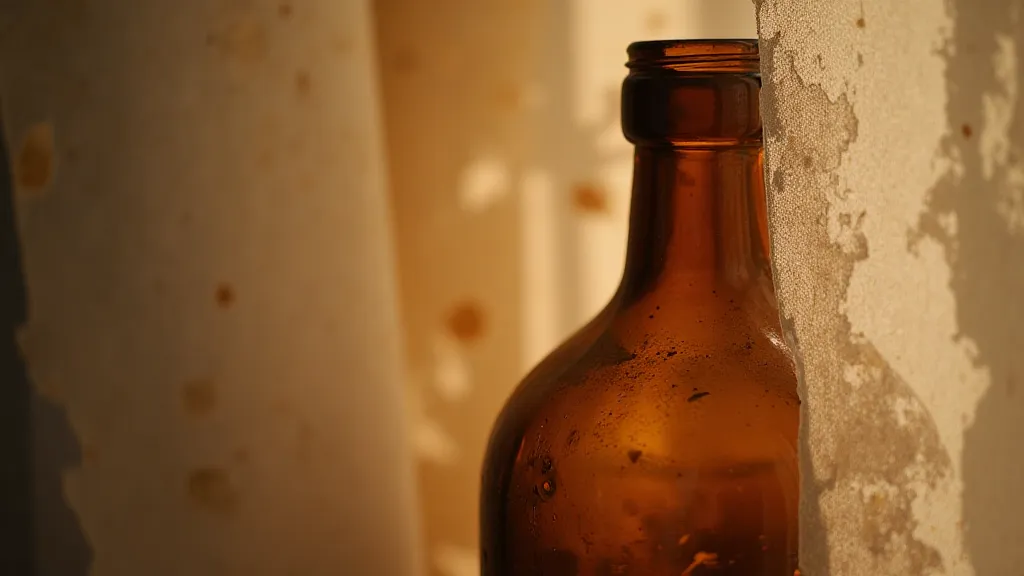
The Allure of Reverse Glass Etching
Unlike traditional glass etching, which involves applying a resist *onto* the glass and etching away the exposed areas, reverse glass etching flips that process. We’re carefully removing layers of glass to reveal the un-etched design. This creates a subtly raised image, a depth that adds incredible visual richness. It’s a technique that demands precision, a steady hand, and a deep respect for the fragility of glass.
Historically, glass etching has been intertwined with decorative arts for centuries. From the intricate Venetian glass of the Renaissance to the popular Victorian-era cut glass, etching has always been a way to elevate the mundane into the extraordinary. Reverse glass etching, though not as widely practiced historically, shares that lineage of artistry and refinement. The subtle nuances of the process, the gradual unveiling of the image – it’s a quiet form of revelation.
Tools of the Trade: A Minimalist Approach
The beauty of reverse glass etching lies in its relative simplicity. You don’t need a vast array of equipment. The core components are: a glass etching cream (typically containing hydrofluoric acid, so *always* use appropriate safety precautions), a stencil (which can be purchased or created yourself), a disposable container for the cream, and most importantly, patience.
The selection of bottles is crucial. Antique bottles, especially those with a relatively smooth surface, work best. Heavier bottles are easier to handle and generally offer a more substantial canvas for your design. Look for bottles with interesting shapes and textures; a slight curve or a subtle ripple can add character to your etching. Don't be afraid of bottles with minor imperfections—these often tell a story and add authenticity.
Designing for Tranquility: Evoking a Sense of Mystery
The goal isn’t merely to apply a design, but to create a mood, a feeling. Think of the designs that evoke a sense of tranquility: misty landscapes, crescent moons, constellations, flowing water, or even stylized flora. I often find inspiration in old photographs—sepia-toned images of quiet harbors or forgotten villages. The imperfection inherent in those photographs lends a natural softness to the design.
When translating an image into a stencil, remember that simplicity is key. Intricate designs can be difficult to execute and often lose their impact when etched. Consider the negative space as much as the positive space. The un-etched areas of the bottle will contribute to the overall composition, creating a subtle interplay of light and shadow.
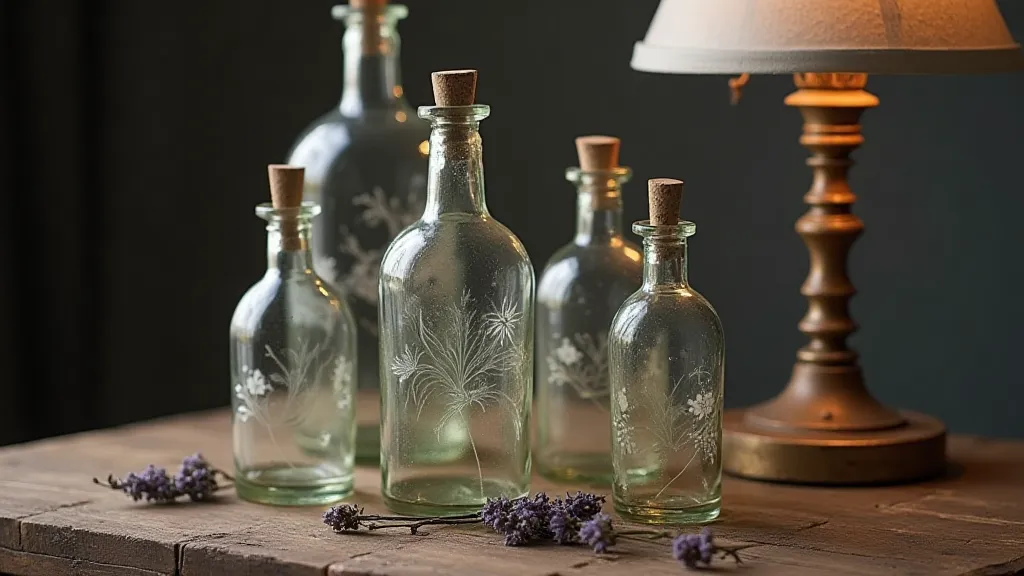
The Etching Process: A Step-by-Step Guide
Safety first. Wear acid-resistant gloves, eye protection, and work in a well-ventilated area. The etching cream is corrosive, and fumes should be avoided. Carefully apply the cream to the stencil-covered area, ensuring even coverage. The amount of time the cream remains on the glass determines the depth of the etch. Starting with a shorter time (around 2-3 minutes) and testing is recommended. Rinse the cream thoroughly with water and neutralize with a baking soda solution before drying.
Observe the etching process with a watchful eye. The transformation is gradual, almost imperceptible at first, then suddenly, the design begins to emerge. It's a moment of quiet revelation, a collaboration between artist and medium.
Restoration and Collecting: A Gentle Touch
Many antique bottles found today have endured years of neglect. Light scratches and minor blemishes are part of their history, and attempting to erase every imperfection can diminish their character. Gentle cleaning with mild soap and water is often sufficient. Consider the bottle's story—where it came from, what it might have held—and treat it with the respect it deserves.
Collecting antique bottles isn’t just about acquiring objects; it's about connecting with the past. Each bottle is a fragment of a larger narrative, a tangible link to a time long gone. The reverse glass etching serves as a bridge, allowing us to add our own voice to that narrative, to imbue these vessels with a renewed sense of purpose.
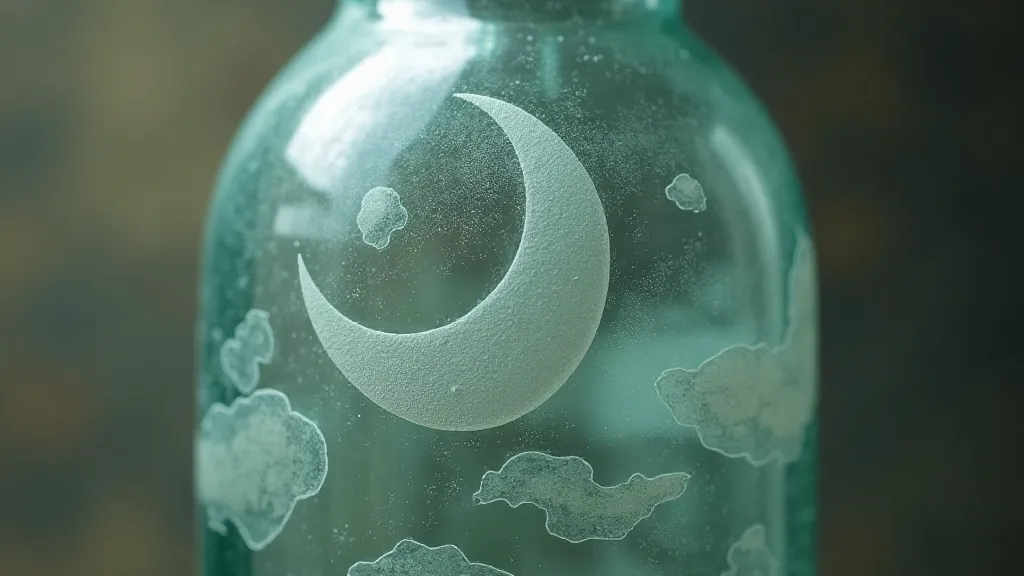
A Quiet Reflection
The art of reverse glass etching on antique bottles is more than just a craft; it’s a meditation. It’s a quiet act of creation, a way to honor the past while adding a touch of beauty to the present. It reminds us to appreciate the simple things, the imperfect things, the things that tell a story. And as I look at an etched bottle, a world captured within glass, I’m reminded of my grandfather, his accordion, and the quiet artistry that connects us all.
